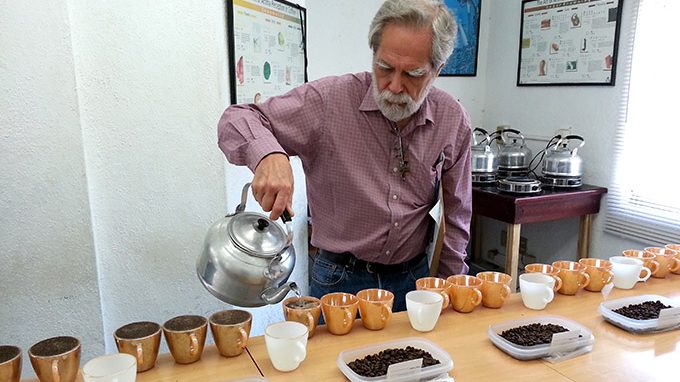Coffee comes from the seeds of the fruit of the coffee tree, but the coffee bean that you grind and brew to make a cup of coffee has changed quite a bit since it was harvested. The raw coffee beans, also known as green coffee beans, are dried, cleaned, and roasted to become the coffee […]
Month: July 2019
How to Roast Coffee Beans: The Ultimate Guide

Learning how to roast coffee beans may seem like a daunting task. But after learning a little bit more about the process, you may find home roasting coffee to be well worth the extra effort. Just imagine how your perfect day would start. For coffee lovers, a perfect start to the day would include waking […]
Read More… from How to Roast Coffee Beans: The Ultimate Guide

